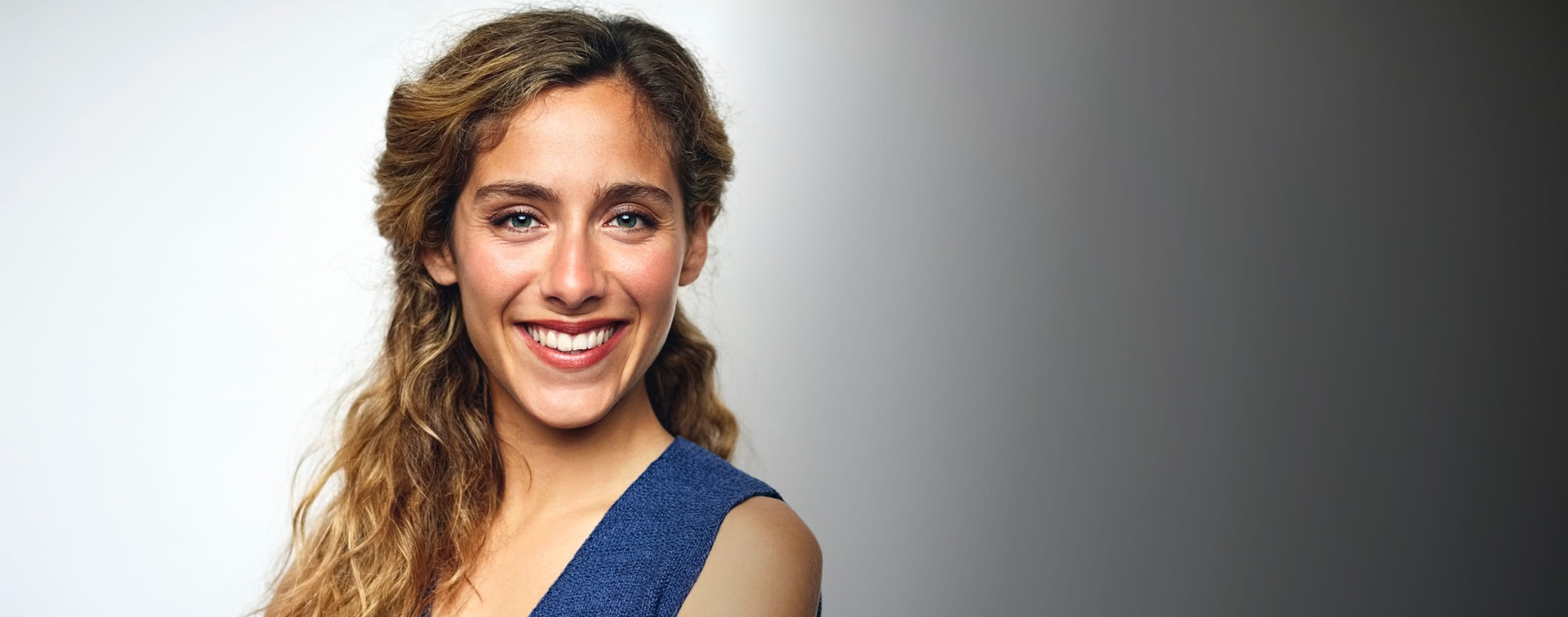Refresh your look and turn back the clock with the latest suite of injectables.

Fillers
Subtle enhancements. Dramatic lifts. And a naturally beautiful you.
Restylane
A dependable and highly effective hyaluronic acid filler that can be used throughout your face to fill in lines, lift aging cheeks, and more.
Juvéderm
An exceptionally smooth hyaluronic gel that consistently delivers flawless results—especially as a lip filler.
RHA
The first and only FDA-approved dermal filler that can treat dynamic facial wrinkles, filling in deep lines while preserving your natural facial movement.
Radiesse
For instant results and long-lasting aesthetic change, we turn to Radiesse. Plump your lines, scars, hands, and more.
Sculptra
If you want to restore the radiant skin you had years ago, Sculptra replenishes your collagen reserves over time for natural results.
Neuromodulators Botox, Dysport, and Xeomin
Three powerful injectables that are all capable of reducing the appearance of dynamic wrinkles. At your private consultation at our Palo Alto office, ask which product we recommend for your unique skin.
Botox
When we need to target your underlying muscles with the utmost precision—softening frown lines and other dynamic wrinkles—we turn to tried-and-true Botox.
Dysport
Dysport smooths dynamic wrinkles fast—with results appearing in just 24 hours. Its smoothing effects can endure up to five months before you need a maintenance visit.
Xeomin
Xeomin is a purified neuromodulator that is formulated without any additives. It only contains the ingredients necessary for flawless smoothing effects.

